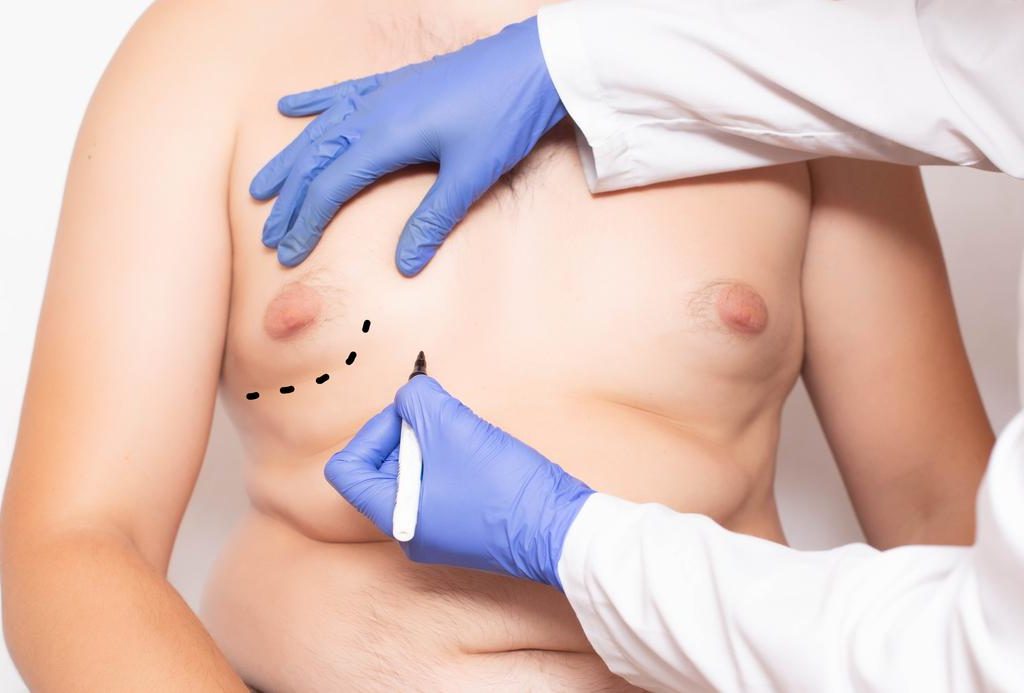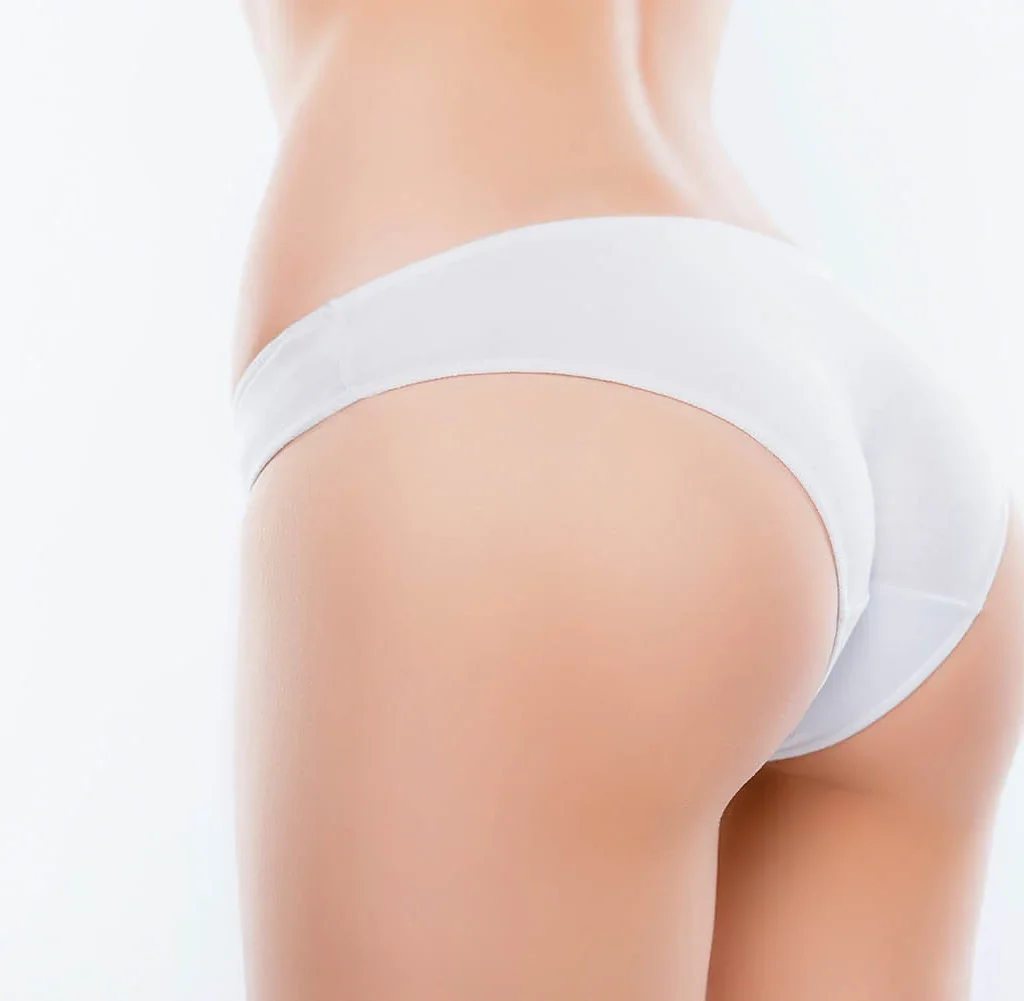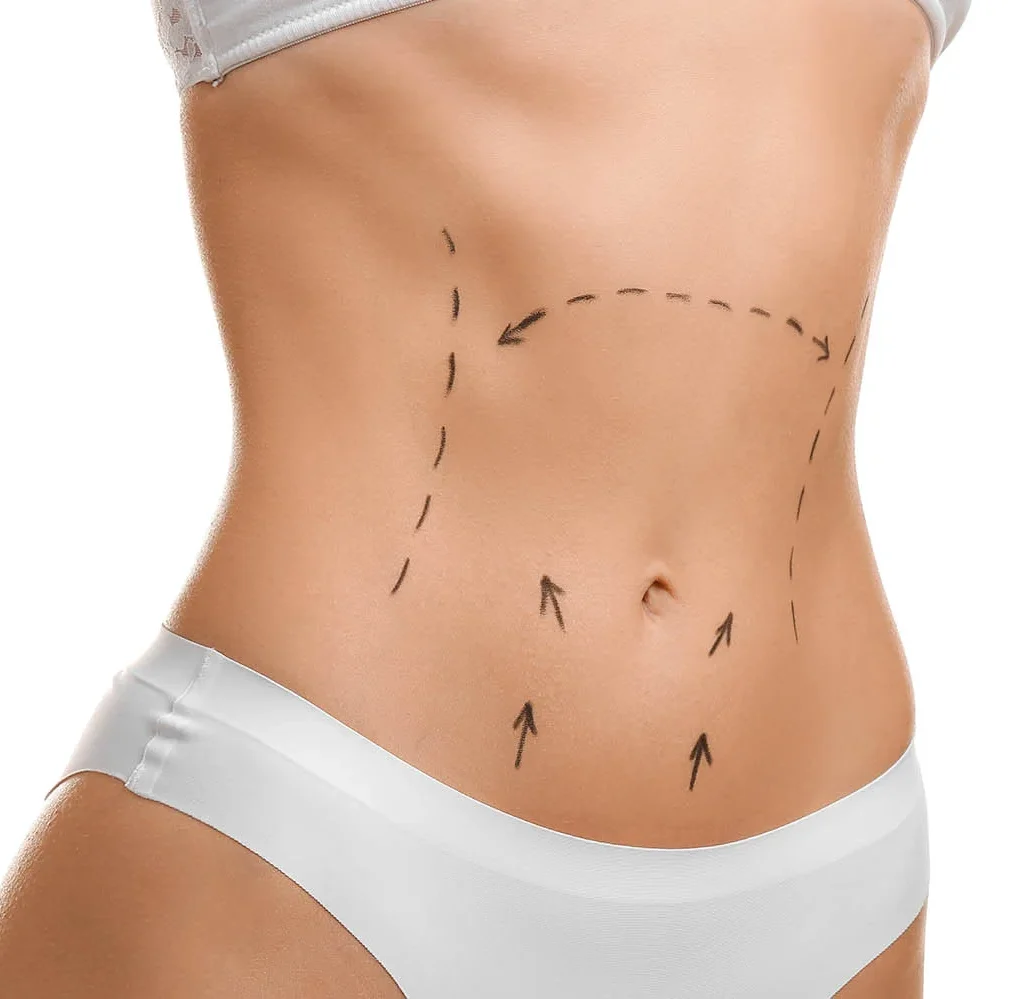OTOPLAST
OTOPLAST What is otoplasty surgery? Otoplasty, also known as ear surgery or ear pinning, is a cosmetic procedure designed to reshape and reposition the ears. It is commonly performed to address issues such as protruding ears, overly large ears, or ear deformities that can cause self-consciousness or dissatisfaction with one’s appearance. The surgery aims to create a more balanced and natural ear shape and positioning, enhancing overall facial harmony. Is otoplasty a painful procedure? Otoplasty is typically associated with a moderate level of discomfort rather than severe pain. During the procedure, local or general anesthesia is used to ensure that you are comfortable and pain-free. After the surgery, you may experience some soreness, tightness, and mild discomfort in the treated area. Your surgeon will provide you with pain medications to manage any discomfort during the initial recovery phase. What is the recovery process like after otoplasty? The recovery process following otoplasty can be outlined as follows: Immediate Recovery: After the surgery, your ears will be wrapped in bandages to protect and support the new shape. This dressing may need to be worn for about a week. First Week: You should rest and avoid activities that could strain your ears. You may experience some swelling, bruising, and discomfort, which are common and should gradually subside. Two to Three Weeks: After the bandages are removed, you’ll need to wear a lightweight headband to help hold the ears in their new position. This helps support the healing process and ensures the desired shape is maintained. Several Months: Swelling will continue to decrease over several weeks, and the final results will become more apparent as the ears settle into their new position. You’ll need to avoid activities that could put stress on the ears during this time. NECK LIFT NECK LIFT LIPOSUCTION LIPOSUCTION OTOPLAST OTOPLAST RHINOPLASTY RHINOPLASTY GYNECOMASTIA GYNECOMASTIA BRAZILIAN BUTT LIFT BRAZILIAN BUTT LIFT BREAST AUGMENTATION BREAST AUGMENTATION ARM LIFT ARM LIFT ABDOMINOPLASTY ABDOMINOPLASTY









